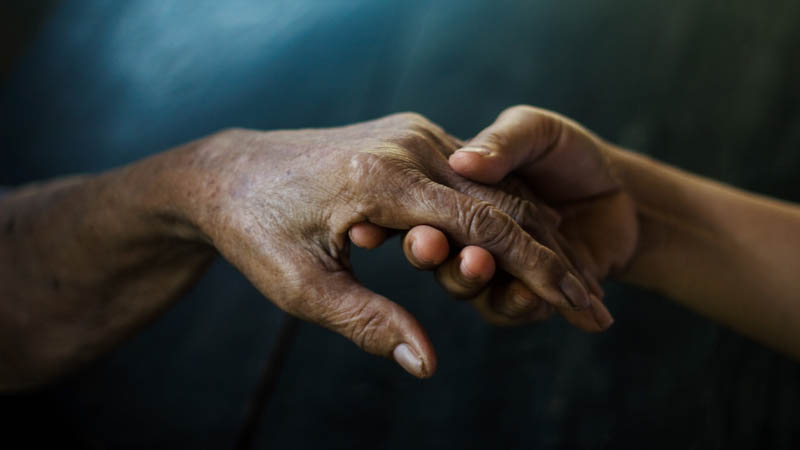Non-suicidal self-injury vs. suicidal behaviour disorder
Iwona Makowska, Agnieszka Gmitrowicz
 Affiliacja i adres do korespondencji
Affiliacja i adres do korespondencjiIntroduction: Both suicidal behaviours and non-suicidal self-injury are of major concern when dealing with youth, especially adolescent psychiatric patients. Non-suicidal self-injury is defined as direct and deliberate self-harm enacted without a desire to die. They generally present as skin cutting, but may also include self-hitting, self-biting or taking medicines in doses exceeding recommended for therapeutic effects. Self-injury may serve various purposes and stem from a variety of motives, resulting in a wide range of definitions and concepts describing the process in literature. The relationship of self-injuries with the risk of suicidal behaviours has been subject to many analyses, just like other factors of suicidal risk. Material and method: This article is a review of the body of research devoted to suicidal behaviour and non-suicidal injuries. The literature reviewed was accessed through Medline databases and the available Polish sources. Discussion: The relationship between non-suicidal and suicidal self-injury is complex. Multiple studies indicate key differences between these two categories of self-injury, including the level of suicide intent, prevalence, frequency and lethality. The article also discusses different theories that have been proposed to account for the link between non-suicidal self-injury and suicidal behaviours, including the gate control theory, the third variable theory and Joiner’s interpersonal theory, along with the most recent integrated model, proposed by Hamza et al. The latest edition of the DSM classification has adopted – for the first time – the diagnostic criteria for non-suicidal self-injury and suicidal behaviour disorder, which might be a good starting point for the attempt to unify the concepts used by carious researchers and achieve better consistency in the outcomes of various studies. Conclusion: Further research in the field of non-suicidal self-injury and suicidal behaviour is required to broaden our understanding, prediction and treatment of non-suicidal self-injury.















